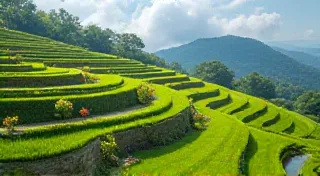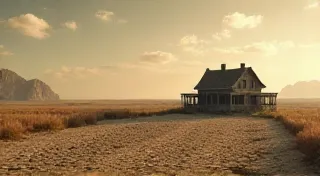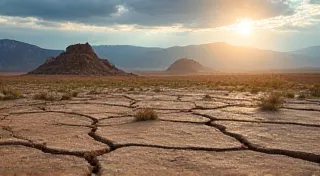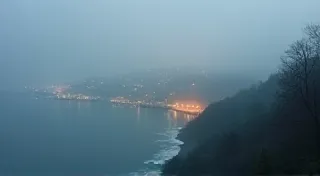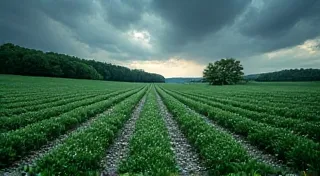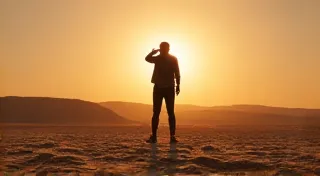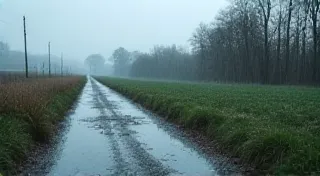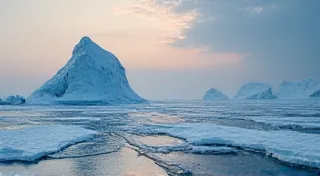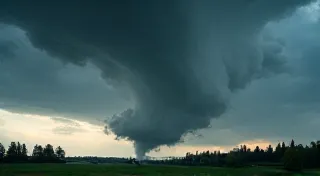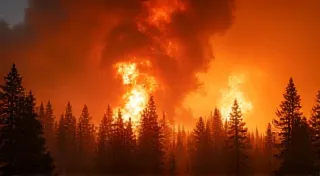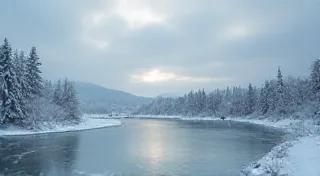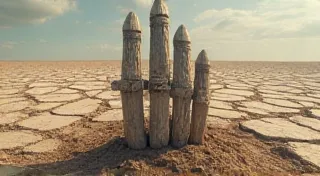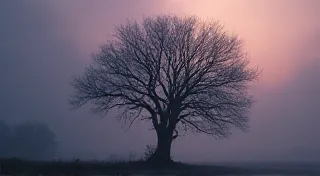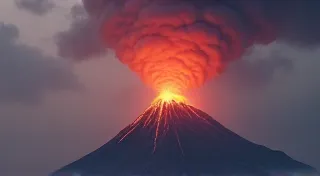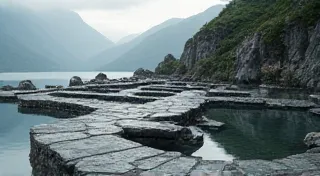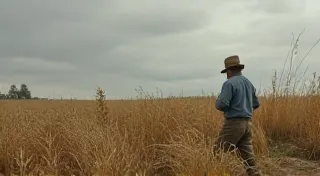Unveiling the Past: A Journey Through Historical Weather Patterns
Welcome to a fascinating exploration of historical weather patterns! Here, we delve into the archives of time to understand the climate events that have shaped our world. The study of weather history offers a unique lens through which to view human civilization, agriculture, and even art. For centuries, weather has influenced human societies – dictating agricultural practices, impacting infrastructure, inspiring art, and even sparking conflict. This website is dedicated to bringing these stories to light, providing accessible climate data and analysis for researchers, enthusiasts, and anyone curious about the world’s climatic history.
The study of historical weather isn’t just about remembering dramatic events. It’s about establishing a baseline, a crucial context for understanding present-day climate change. By analyzing past events, we can refine our climate data, better predict future weather patterns, and gain a deeper appreciation for the forces that govern our planet’s climate. This exploration into weather history is vital for understanding our present and planning for the future.
Extreme Weather Events Through Time
From devastating hurricanes to crippling droughts, extreme weather patterns have always been a defining element of human experience. Consider the sheer magnitude of the 1953 Atlantic Hurricane Season, a year that set records and left an indelible mark on coastal communities. Or imagine the heartbreak etched into the landscapes of the Dust Bowl during the 1930s, a period of intense drought that ravaged the American Midwest. The story isn’t merely one of dust and despair, it’s a profound lesson in the fragility of ecosystems and the importance of sustainable land management, a crucial piece of weather history.
The effects aren't limited to land. Oceanic phenomena like El Niño have also dramatically influenced weather patterns for centuries. Analyzing climate data from historical records reveals how these fluctuations have triggered droughts in some regions and torrential rains in others, impacting economies and displacing populations. Understanding the long-term interplay between oceanic oscillations and terrestrial climate is vital to forecasting future climate variability. The nuances of this weather history offer profound insights.
Beyond continents, singular events have left a mark. The Great Blizzard of 1888 paralyzed the Northeastern United States, showcasing the raw power of winter storms. Further back in time, the "Year Without a Summer" in 1816, a direct consequence of volcanic activity, serves as a stark reminder of the impact of natural disruptions on global climate. It’s a testament to how unexpected, seemingly distant events can ripple through ecosystems and impact human societies – a significant chapter in weather history.
The Subtle Shifts: Long-Term Trends in Climate
While dramatic events capture headlines, it’s also essential to understand the more subtle shifts in climate data. The impact of early agricultural practices on regional climate, for example, provides a valuable insight into how human activities have been shaping the environment for centuries, and documenting this is vital to preserving weather history. The way we cultivate land, manage resources, and even build our cities influences long-term weather patterns. It’s a complex relationship, but understanding it is key to building a more sustainable future.
Looking at long-term trends in precipitation – the patterns of rainfall and snowfall – allows us to piece together a picture of how moisture distribution has changed over time. Shifts in these patterns have consequences for water resources, agriculture, and ecosystems. Examining past winters and comparing snowfall records across different regions unveils intriguing variations and potential indicators of larger-scale climate shifts; understanding this is a crucial component of tracking weather history.
And it's not just about water. The behavior of fog and low clouds is an often-overlooked aspect of climate. Historical records reveal how these phenomena have changed over time, impacting visibility, transportation, and even public health. Observing these shifts offers valuable perspective on evolving weather patterns.
Natural Forces & Human Impact: A Complex Interplay
The Earth’s climate is influenced by a complex web of factors, both natural and human-induced. The role of sea ice in past climate variability is particularly fascinating. Sea ice reflects solar radiation, influencing global temperatures and ocean currents. Understanding its past behavior helps us understand the potential impact of ongoing climate change on polar regions and beyond. The details of this part of weather history are increasingly important.
Volcanic eruptions, for example, inject vast amounts of aerosols into the atmosphere, temporarily cooling the planet. The effects of volcanic eruptions on regional climates, documented through historical accounts and proxy data, are a crucial part of the climate puzzle. Similarly, historical wildfires are more than just destructive events; they are also powerful indicators of climate conditions and vegetation patterns. By studying their frequency, intensity, and extent over time, we can gain a better understanding of how climate change is impacting ecosystems – a tangible piece of recorded weather history.
The human impact extends beyond immediate consequences. Consider “The Cartographer’s Grief: When Monsoon Failure Painted Landscapes of Despair in Mughal India.” This story demonstrates how failure to accurately predict and adapt to cyclical monsoon shifts led to famine and societal breakdown, a stark reminder of the profound link between climate and human well-being, preserving an important element of weather history.
Beyond the Data: Climate & Society
Climate isn’t just a scientific phenomenon; it’s deeply intertwined with human societies and cultures. The Little Ice Age, a period of colder temperatures that affected Europe and North America, had profound social, economic, and political consequences. It influenced agricultural practices, spurred migration, and even shaped artistic expression. Documenting these impacts is crucial to understanding our collective weather history.
Forecasting the Future: Lessons from the Past
The advancement of early warning systems, or weather forecasting, has dramatically improved our ability to anticipate and prepare for extreme weather patterns. However, appreciating the historical context – the challenges faced by past generations – provides valuable perspective on how far we’ve come and what still needs to be done. Studying past forecasting methods adds a layer of understanding to our weather history.
We invite you to explore the wealth of information presented on this website. Journey through time and discover the powerful stories etched into the Earth’s climate data. Let’s learn from the past to build a more resilient and sustainable future.

